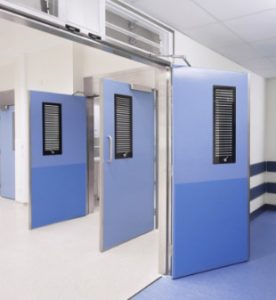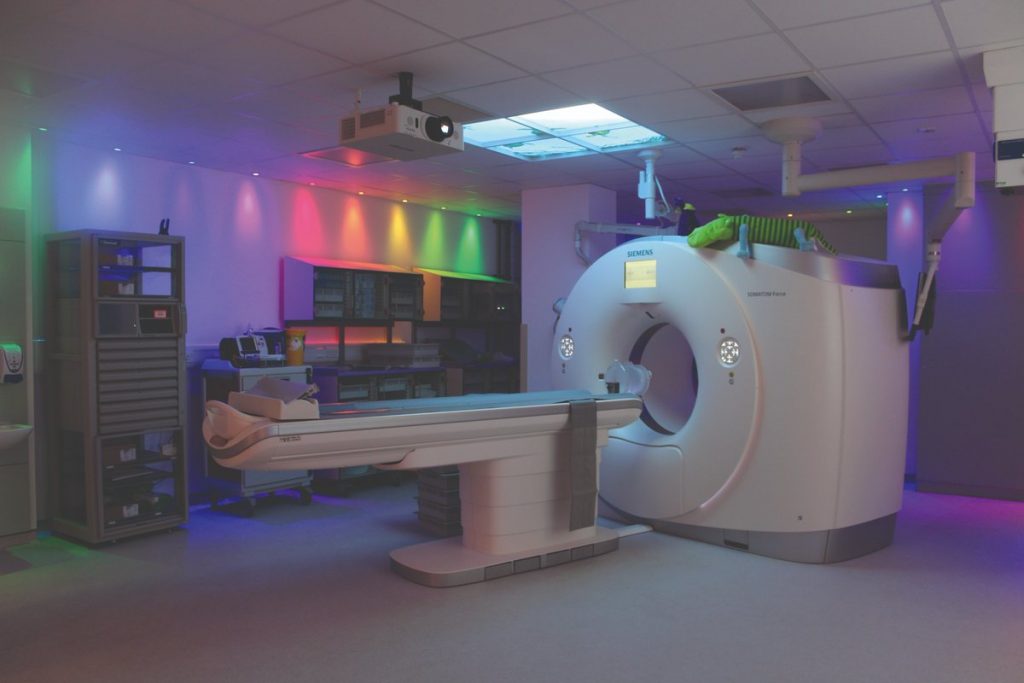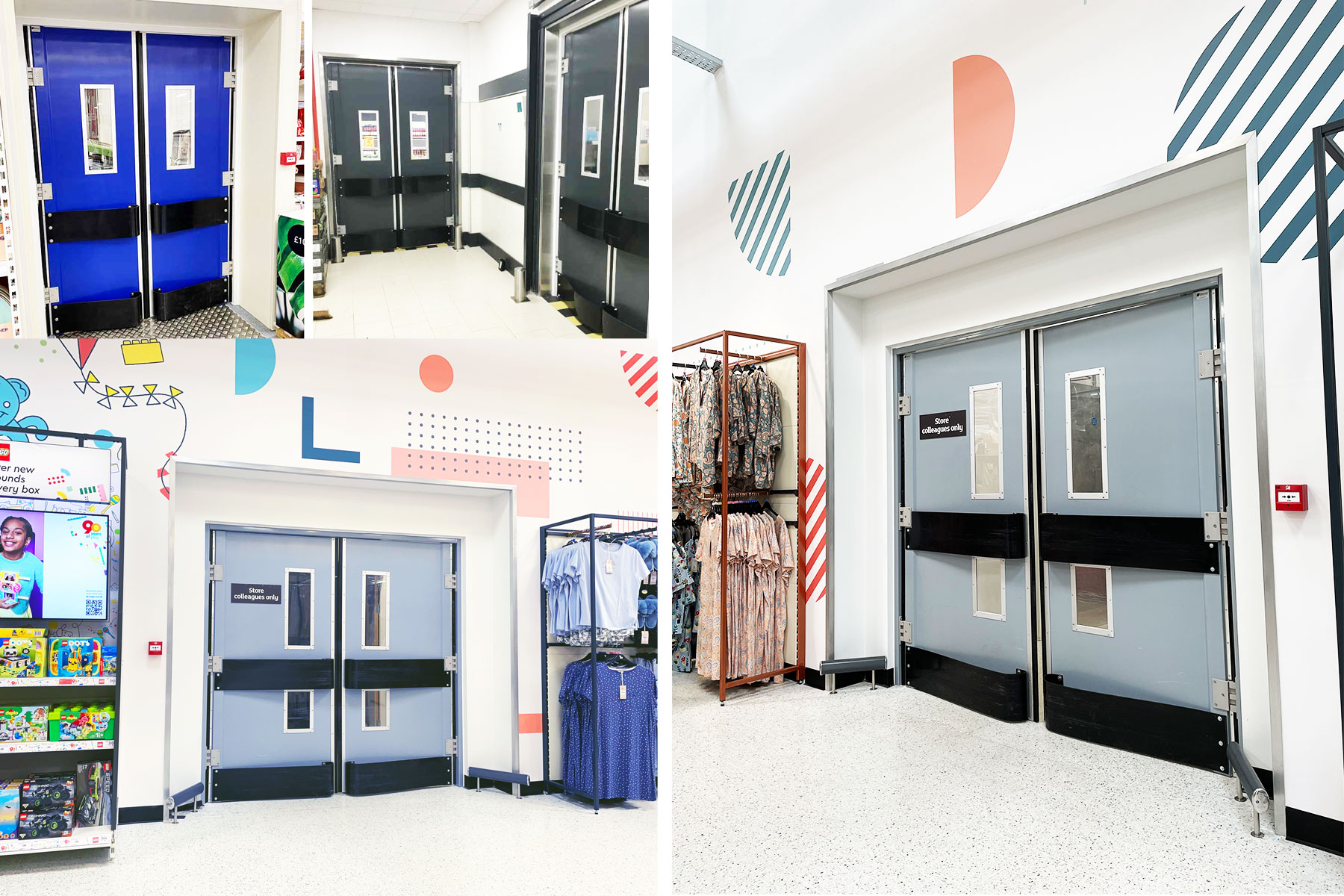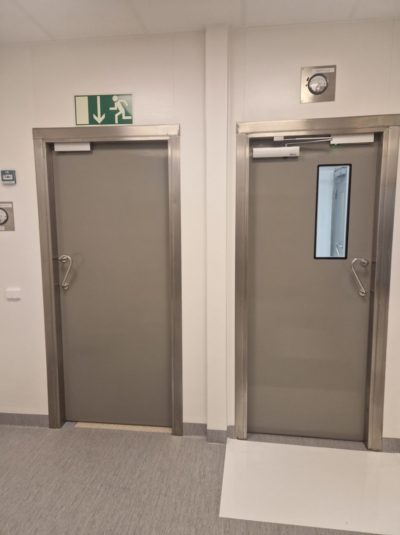Revolutionising brain surgery for children at Great Ormond Street Hospital
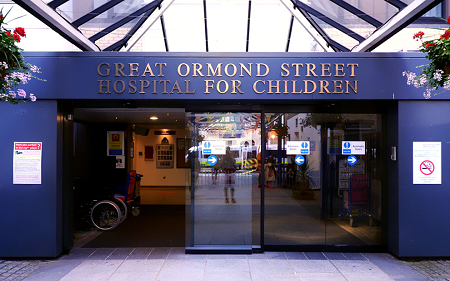
Dortek have been specified to supply our innovative access solutions to a new intra-operative Khoo Teck Puat IMRI Suite at Great Ormond Street Hospital (GOSH). The new suite is set to transform the way brain surgery is performed at the hospital.
Currently, surgeons rely on images of the brain taken before surgery to guide them through the operation, but structures in the brain can move during surgery, meaning pre-operative scans can quickly lose their accuracy. In addition, tumours are sometimes located under arteries or nerves, making them undetectable to the naked eye.
Surgeons know that removing as much of a tumour or affected area as possible is crucial – the more they remove, the more likely a child is to be successfully treated – but they must also be extremely careful not to damage healthy tissue during the process. Unfortunately, the current facilities at GOSH mean that children must wait several days after an operation for a scan of their brain. During this time, patients and families face a difficult and anxious wait until surgeons are able to confirm if all the affected area has been successfully removed.
The new Intraoperative Magnetic Resonance Imaging (iMRI) Suite will enable surgeons to scan a child during an operation to confirm whether or not complex procedures have worked. It will also help surgeons to avoid other vital areas and structures in the brain when performing operations. This real-time imaging means surgeons can make informed decisions to ensure the best outcomes for children.
The new iMRI Suite
The Khoo Teck Puat iMRI Suite will make imaging the brain during operations a seamless procedure, giving more critically ill children the best chance of a positive result. The facility will include:
- A new integrated operating theatre – This new theatre will embrace the latest in theatre technology, including brain mapping and navigation software to guide a surgeon throughout the procedure. It will also include a built-in shuttle system to safely transport patients seamlessly from the theatre to the MRI scanner without the child leaving the operating table.
- 3T MRI scanner – A state-of-the-art 3T MRI scanner will offer outstanding clarity and high-definition images of the brain, giving surgeons the optimum information for their decision-making.
- Two anaesthetic rooms – One anaesthetic room will have direct access to the theatre and the other will connect to the MRI scanning room. Crucially, each room will provide a friendly and calm environment that will allow parents to stay with their child before their surgery until they are asleep.
- Control room – A dedicated area will allow radiographers, radiologists and surgeons to interpret real-time imaging during an operation and agree how best to proceed with the patient’s surgery.
- Scanning room – The scanning room will be a purpose-designed, child-friendly environment that will create as welcoming a space as possible for our young patients.
About GOSH
Great Ormond Street Hospital (GOSH) is an international centre of excellence in child healthcare. Together with their research partner, the UCL Great Ormond Street Institute of Child Health, they form the UK’s only academic Biomedical Research Centre specialising in paediatrics. The hospital is home to the country’s leading neurology and neurosurgery teams. It sees more children with brain tumours and carries out more surgery for patients with epilepsy than any other UK hospital.
Dortek Hospital Doors
Dortek’s access solutions are specified around the world by leading hospitals and medical research organisations. Our doors are specifically constructed for high hygiene areas and are completely free from timber or other organic materials which can harbour bacteria. Dortek doors play an essential role in preventing cross contamination as well as providing certified fire and x-ray protection and ensuring safe and efficient access for patients and staff.

